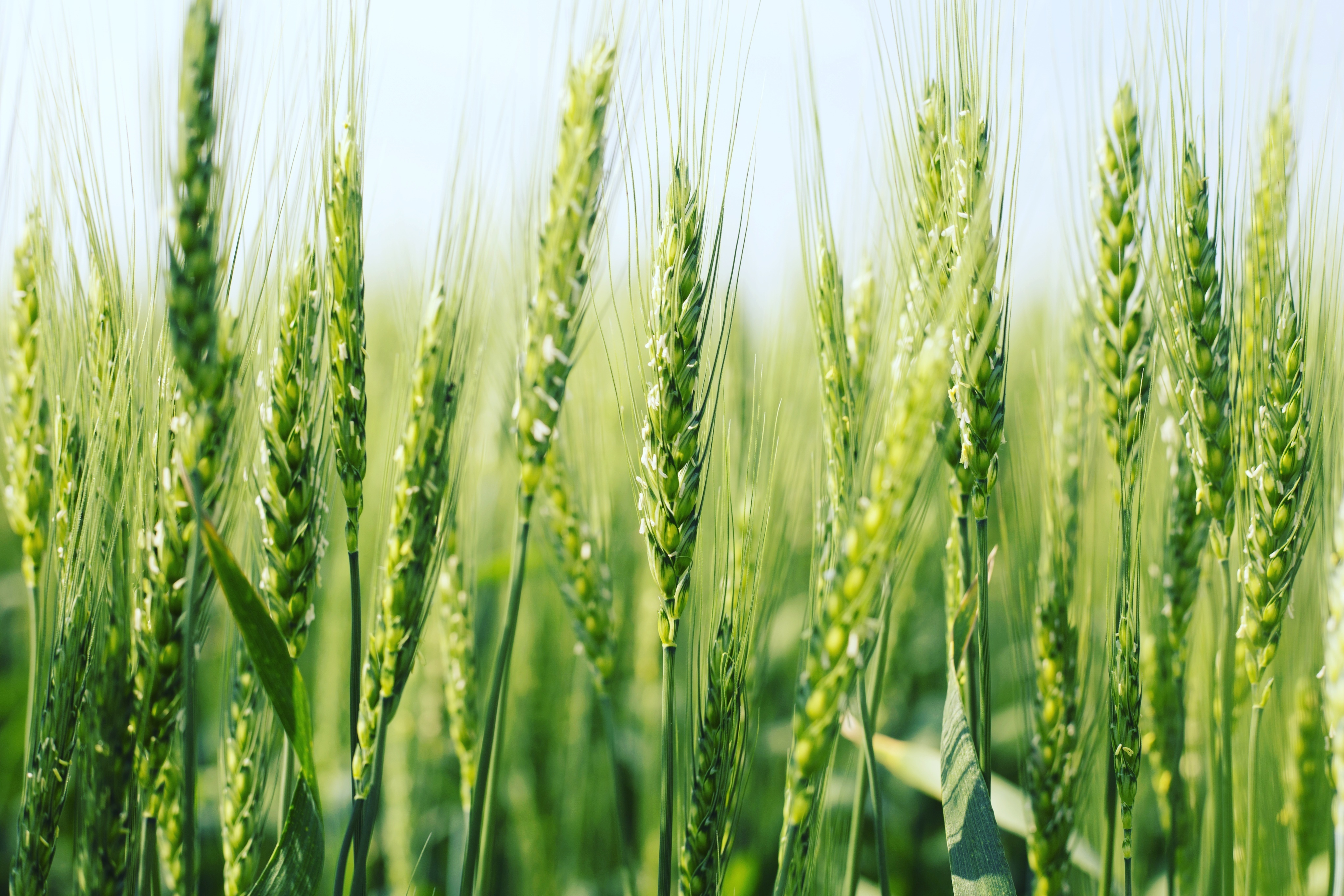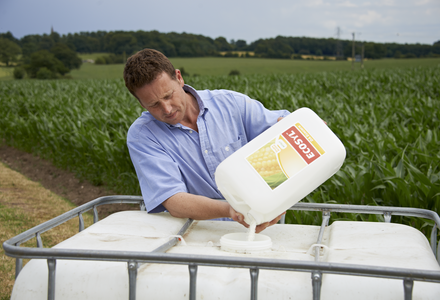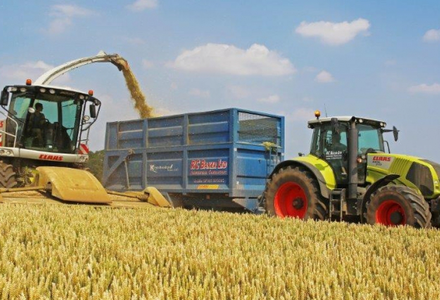Wholecrop could make up for grass silage shortfalls
05 July 2018
Concerned about grass silage shortfalls for winter feeding? One short-term solution could be to make some well-preserved wholecrop wheat.
The effect on grass growth of the intense dry weather – on top of a cold start to the year –has left many farmers concerned whether they’ll have enough grass silage for the coming winter.
Indeed, some clamps have already been opened because of lack of grass for grazing.
As well as maximising both yield and quality from remaining grass cuts – for example by cutting at the optimum growth stage; wilting rapidly to the correct %DM to minimise sugar losses; and harvesting, treating and clamping properly to conserve dry matter and nutrients – there is a strong argument for ensiling other forages.
A key contender here is to make some fermented wholecrop wheat.
Excellent component
Wholecrop wheat offers an excellent ration component alongside grass silage. It can yield 12-15 tonnes of DM per hectare.
If you aren’t growing cereals, consider buying a standing crop.
Many farmers opt to ensile cereals as fermented wholecrop because it is a low-cost and straightforward method of preservation. Fermented wholecrop is also highly palatable and nutritious, having starch contents as high as 35%.
Dry matter
Typically, fermented wholecrop is made at 40-50% DM, though can be made drier at 50-60% DM for those looking for more starch, yield and ‘scratch factor’ in the diet.
Alternatively, it can be harvested wetter at 30-40% DM, which is lower-yielding and lower in starch and often fed to dry cows and youngstock but can be harvested without the need for a grain processor.
Cutting at 45-50% DM offers a good balance between providing moisture and sugars for fermentation and achieving a good starch content in the grain.
Stop the loss
Because wholecrop, in general, is relatively high in % dry matter, a key point to note is that it is prone to losses from heating as a result of yeast and mould growth causing aerobic spoilage.
As well as effective clamp consolidation and sealing to exclude air – which is important for both fermentation and to manage heating – treating with a dual-acting additive to target both issues can help enormously. What’s more, the cost is minimal compared with the potential losses.
The combined additive Ecocool, for example, contains the bacteria Lactiplantibacillus plantarum MTD/1 for efficient fermentation plus Lactobacillus buchneri PJB/1 for reduced heating and spoilage.
Another tip is to put a layer of fresh grass on top to help aerobic stability. Treating is particularly important to consider if forage stocks look tight.
Download Ecocool Product Brochure

